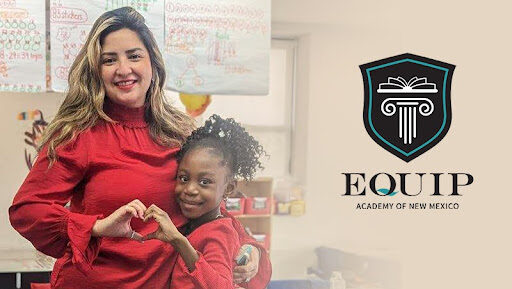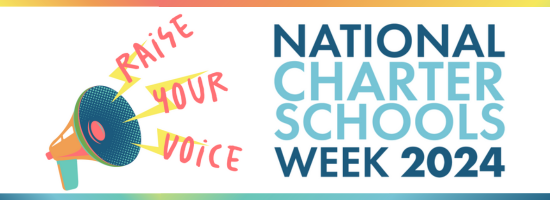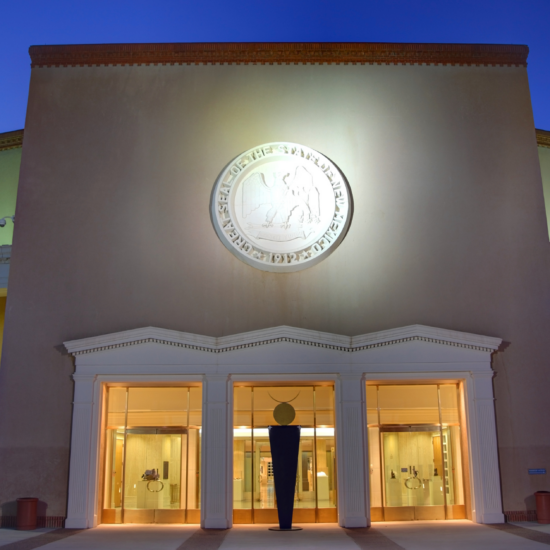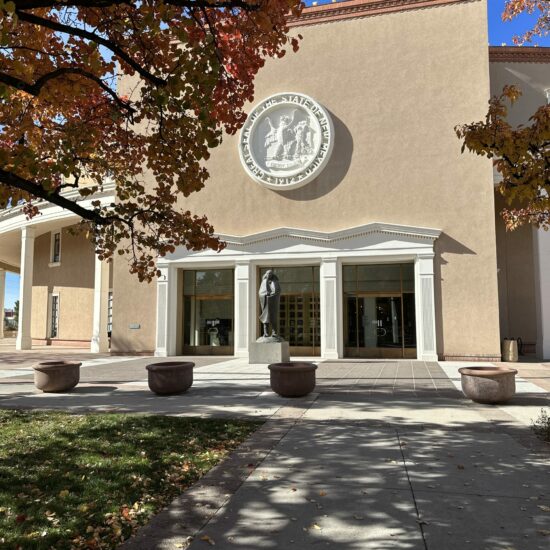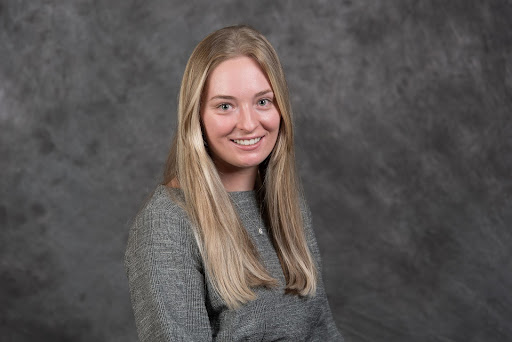
Editor’s note: This article was written by Kelsey McCaffrey, an Intervention Teacher and Coach at Albuquerque Collegiate Charter School, Albuquerque
Thursdays are our kindergarteners’ favorite days of the week.
Not because they usually serve spaghetti for lunch or that it is almost the weekend, but because it is trash day. As we go to recess I always feel a bubbling up of energy when the children catch sight of the big green truck clanging against the bins.
However, every Thursday for me is a painful reminder of the loading dock we have transformed into a playground. There are days I pretend not to smell the trash bins in hopes that it will convince the students the horrid smell of old milk doesn’t exist.
When delivery trucks pass through the narrow space between our playground and the neighboring Family Dollar, they pollute the air with such noise that I struggle to raise my voice to be louder than their screeching.
The industrial environment that exists behind our school is a dire reminder of the reality many charter schools face today when funding their facilities. Our charter school, Albuquerque Collegiate Charter (ACCS), which sits between a Family Dollar and an indoor mercado in a shopping center, is not alone in this.
Similarly, New Mexico International School (NMIS) has been utilizing the nearby park as the school’s next option for an outdoor space. With those park trips came a slew of insurance barriers, proper recess staffing and neighborhood complaints. While International School waits on the lengthy process of bidding and the coverage of expenses for building a playground, students have been playing in a parking lot. This large asphalt slab with slippery, loose gravel and a single portable basketball hoop has seen too many badly-skinned knees since 2019.
Charter school students deserve better.
As a teacher, I know my students deserve to arrive at a school facility that reflects the value we see in each and every one of them. Charter schools have established that they can excel and create life-changing trajectories for students, yet continue to struggle with funds for facilities. Public charter schools receive substantially less facility funding than traditional public schools. Their primary mechanism to pay for facilities, the Lease Assistance program, provides on average only 50% of the funding needed to pay their leases.
The facility funding for charter schools doesn’t allow for financing long-term homes for our schools and is not adjusted to meet the needs of growing, successful schools like ACCS. We continue to grow in size, yet we are only allocated funds for the students we enrolled the previous year.
Parents in search of a school that creates a pathway to college have to look past the pigeons and faded parking lines to see a school with these high expectations. Now, our need for facility funding might finally have support in a bipartisan effort through House Bill 43, which would ease the process of leasing, constructing and purchasing a building for new and seeking-to-expand public charter schools.
As charter schools continue to experience a demand for growth, ACCS has brought in the surrounding South Valley community in a unique way. Two of our scholars bring the most delicious lunches everyday from their family’s restaurant in the shopping center, a frequent lunch location for our staff.
The Family Dollar to our left donated hundreds of balloons to scholars for Valentine’s Day this last year. Our shopping center has become a community center for so many families at our school.
Our students deserve a building that reflects the value we put into their own education. To remedy this, I hope our legislature will pass House Bill 43 which will help ensure our students have the facilities to best support their education.


